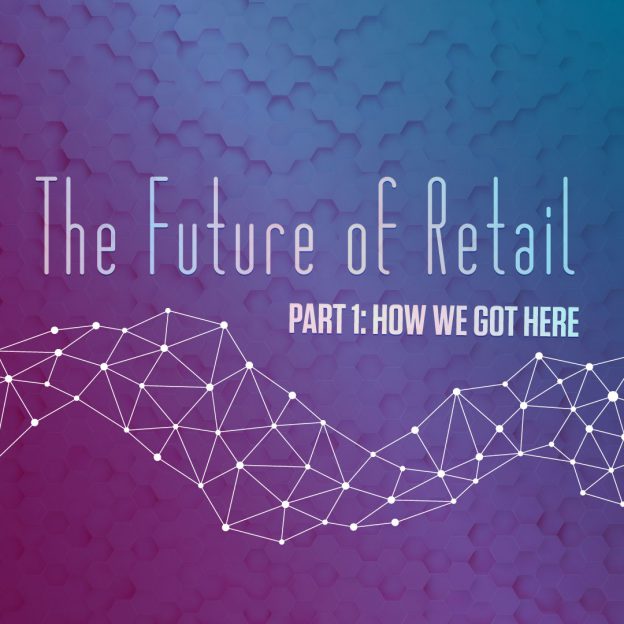The Future of Retail, Part 1: How We Got Here
03.08.2017
BDSmktg presents a three-part blog series on trends driving retail and the future of the industry.
So far in 2017, there has been a lot of news on the changing landscape of the retail industry. Macy’s and Sears have announced major cutbacks, Amazon has continued its dominance, and a host of new technology is changing the game.
In lieu of all this, we asked some of our BDSmktg experts to comment on the current state of retail and its future. We received so much insight that we decided to break our commentary up into a three-part blog series. And before we consider the future of retail, it’s important to look at the past. Part 1 discusses some of the biggest changes in retail over the past five years, which have laid the foundation for where we are today.
Online sales and advertising
The continued emergence of online retailers, specifically Amazon, has been arguably the biggest factor in upsetting the traditional retail industry in the last five years.
“The emergence of Amazon has forced big box retailers to drive value via solution selling, omni-channel strategy, competitive pricing, and supply chain efficiency,” said David T., our Senior Vice President of Client Development.
The rapid growth of social media channels has certainly allowed retailers to cut traditional advertising costs and pursue customers via omni-channel marketing strategies. Many of our experts noted the fact that over the last five years, consumers have become more educated than they have ever been with the ability to research online before going into brick-and-mortar stores.
New technology
This is a big one. Better mobile apps, interactive in-store displays, and hands-on demos have all changed the way consumers shop. As Jon R., our Merchandising Specialist points out, emerging technology has made the biggest impact on the retail industry over the last five years:
“Five years ago, Sound and Music were major areas of focus in retail – clothing was and always will be another area with considerable retail attention – but the biggest changes seem to be in technology: fitness trackers, the Internet of Things, smartphones and applications, video games, virtual reality systems, and streaming music and videos have become significant foci of retail today.”
Whether you’re a retailer that sells technology, sells clothes, or both, there’s no doubt that more stores are offering demos, hands-on experiences, and larger video screens which seek to catch a shopper’s attention. We’ll comment further on technology’s impact on retail in part 2.
Other trends
Additional changes in the retail industry over the last five years include an increase in subscription models (particularly in health, beauty and fitness), less sales associates, more technology utilized in stores, and manufacturers playing a bigger role in selling products.
Our Senior Developer, John M., summed it up best when discussing the biggest changes in retail over the last five years:
“Stores are becoming more boutique-like, which is far more intrusive to the shopping experience. Personally, I like to shop on my own and not be lead or pestered about what I might be shopping for.”
Stay tuned for part 2, where we’ll discuss how the latest technologies have had a major impact on the retail industry. Have a question or need more information on these topics? Feel free to contact us!